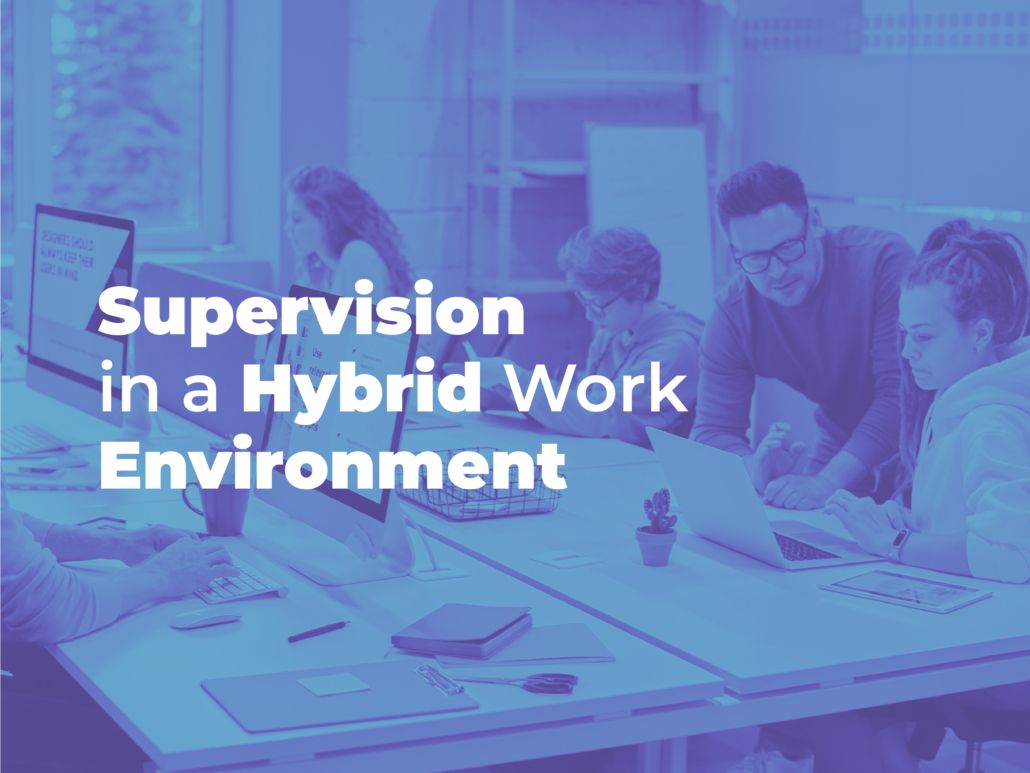Hybrid Work Environment Supervision

It is by now evident that the protracted effects of the Covid-19 pandemic on the workforce lifestyles and patterns across the world aren’t in a crisis management stage anymore — they are here to stay. Ever since the virus gained its ‘pandemic’ status, organizations worldwide forced to shift their workforces into isolated silos of their homes in an attempt to halt the spread.
However, this is just the beginning of what appears to be a long haul for business owners and corporates who’re unused to supervising security and compliance issues across remotely working teams using a bewildering array of collaborative video and audio-based communication tools.
For firms preparing to design supervision in this hybrid environment with a distributed workforce model, here are some things to consider:
Evolving collaboration tools
More and more of the active workforce is quickly realizing the benefits of the remote working lifestyle. From call center executives to financial advisors, sales staff, and more, functions previously unimaginable without an office set up are being seamlessly conducted from home-based setups. This growth spurt is supported by video communication collaboration platforms such as Zoom, Microsoft Teams, Google Meets, and Slack and innovatively mixed and matched by our existing audio and text tools such as calls and text.
A customer journey may start with a video conference, include telephonic support through the contact center, and have complaints resolution update sent via an SMS — to support a genuinely omnichannel communication experience.
Effectiveness of supervision model
With the emergence of a hybrid remote work environment involving multiple collaboration tools, the standard supervision model of call listening or physical oversight has become challenging and irrelevant.
As part of the risk management systems and internal controls, supervision needs to have established control functions. Therefore, these control functions’ central role and independence need to be reviewed.
Distributed supervision model also restricts internal audit function, including lack of access to data points, insufficient depth or scope. The on-site assessment is a critical method used to assure the effectiveness of control functions.
It is necessary to redesign supervision models with integrated control monitoring to support a risk-based supervision approach to manage operational risk and keep a proper audit function.
Emerging operational risk
In the traditional operational risk model, the senior management usually establishes a framework based on their understanding of risk and shows training and processes. However, in remote workspaces, behavior often goes unchecked. It takes extreme forms such as fraud, where firms may be inadvertent participants via dishonest customer-facing staff or maybe at the receiving end of unscrupulous persons who take shelter in legal loopholes and general anonymity that digital workspaces offer.
The risks may include misconduct, privacy issues, data disclosures, compliance, regulatory breaches through inappropriate behavior over audio, text, and video communications that are at odds with the company and regulatory policies. In addition, bullying & inappropriate behaviors in a distributed workplace are forms of abuse that are a risk that can create enormous reputation damage.
Managing regulatory expectations
The Covid era has given rise to financial crimes such as fraud, cybercrime, money laundering, trade abuse, market manipulation, conduct issues, terrorist financing, and tax violations. As a result, regulatory bodies have become more alert about the vulnerability of the remote work environments that financial markets are functioning in and increased regulatory and compliance accountability of financial institutions involving hefty fines and damaging legal implications for defaulters.
The senior management must consider that they have set foot into a time and space where their ability to measure and manage compliance breaches is relatively untested and immediately under the highest level of scrutiny.
Cultural alignment
With its soft and unpredictable nature, the nature of culture makes it a challenging attribute to analyze, anticipate, or influence.
In a distributed working model, handling culture and its alignment becomes a bigger ask from any firm’s management, with employees not having face-to-face interaction. Moreover, these behavioral misdemeanors are at odds with company policies on racial and ethnic abuse, personal attacks, sexual advances, threats, profanity, bullying, and so on.
Developing a robust risk culture lies in assessing the implementation of controls through the visible evidence of culture. It is essential to consider the right tools and framework that can assist in the measurement of risk and influence culture.
